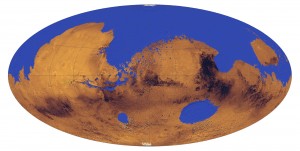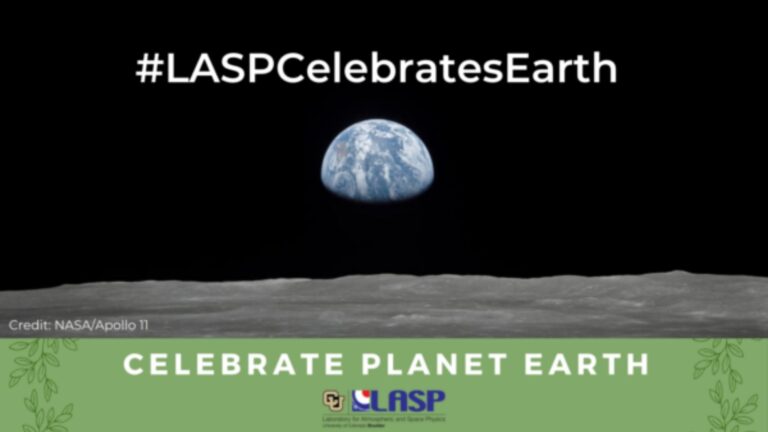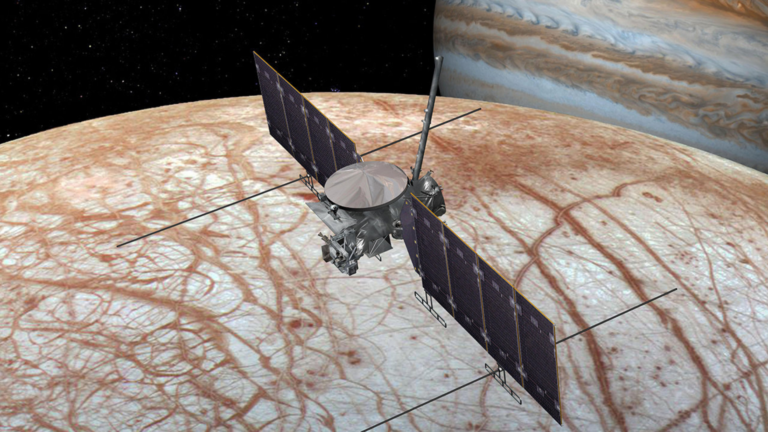
Di Achille and Hynek used a geographic information system, or GIS, to map the Martian terrain and conclude the ocean likely would have covered about 36 percent of the planet and contained about 30 million cubic miles, or 124 million cubic kilometers, of water
“One of the main questions we would like to answer is where all of the water on Mars went,” said Di Achille. He said future Mars missions — including NASA’s $485 million Mars Atmosphere and Volatile Evolution mission, or MAVEN, which is being led by LASP and is slated to launch in 2013 — should help to answer such questions and provide new insights into the history of Martian water.



